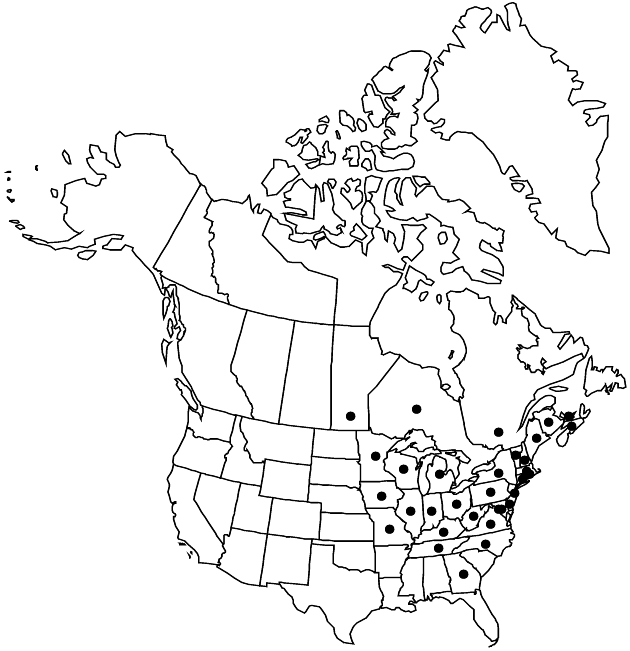Difference between revisions of "Eurybia macrophylla"
in F. Cuvier, Dict. Sci. Nat. ed. 2, 37: 487. 1825.
FNA>Volume Importer |
FNA>Volume Importer |
||
| Line 8: | Line 8: | ||
}} | }} | ||
|common_names=Bigleaf aster;aster à grandes feuilles | |common_names=Bigleaf aster;aster à grandes feuilles | ||
| − | |basionyms={{Treatment/ID/ | + | |basionyms={{Treatment/ID/Basionym |
|name=Aster macrophyllus | |name=Aster macrophyllus | ||
|authority=Linnaeus | |authority=Linnaeus | ||
| + | |publication_title=Sp. Pl. ed. | ||
| + | |publication_place=2, 2: 1232. 1763 | ||
}} | }} | ||
|synonyms={{Treatment/ID/Synonym | |synonyms={{Treatment/ID/Synonym | ||
| Line 84: | Line 86: | ||
|publication year=1825 | |publication year=1825 | ||
|special status= | |special status= | ||
| − | |source xml=https://jpend@bitbucket.org/aafc-mbb/fna-data-curation.git/src/ | + | |source xml=https://jpend@bitbucket.org/aafc-mbb/fna-data-curation.git/src/f6b125a955440c0872999024f038d74684f65921/coarse_grained_fna_xml/V19-20-21/V20_861.xml |
|tribe=Asteraceae tribe Astereae | |tribe=Asteraceae tribe Astereae | ||
|genus=Eurybia | |genus=Eurybia | ||
Revision as of 18:45, 24 September 2019
Plants 15–110 cm; in extensive, dense clones (with abundant, sterile rosettes); rhizomes branched, herbaceous. Stems 1, erect, simple, straight to ± flexuous, glabrous or sparsely villous, stipitate-glandular, more densely so distally (at least in arrays). Leaves basal and cauline, thick, firm, margins coarsely serrate (proximal) to crenate-serrate or entire (distal), scabrous, teeth mucronate, apices acuminate, sharply mucronate, abaxial faces glabrescent to sparsely strigose, veins stipitate-glandular, adaxial sparsely strigose, ± densely villous on veins, short-stipitate-glandular (more so on distal); basal withering by flowering, petioles (25–)80–170 mm, ± winged, bases sheathing, ciliate, blades broadly ovate, (45–)110–250 × (25–)55–150 mm, bases deeply cordate (sinuses curved), sometimes slightly oblique; cauline petiolate (3–110 mm), gradually more broadly winged and sometimes ± auriculate distally, ± clasping, ciliate, to subpetiolate or sessile, blades broadly ovate to ovate, 22–104 × 9–80 mm, gradually reduced distally, bases cordate to rounded or attenuate to cuneate; distal (arrays) sessile, blades ovate or broadly lanceolate or elliptic to obovate or oblanceolate, 9–38 × 3–13 mm, abruptly reduced distally, bases ± clasping to rounded or cuneate (arrays), margins crenate-serrate or entire. Heads (2–)8–90+ in flat-topped, corymbiform arrays. Peduncles firm, 0–4 cm, densely stipitate-glandular; bracts 0–2, ovate-lanceolate, ± stipitate-glandular. Involucres broadly campanulate to campanulate, (6–)7–11 mm, shorter than pappi. Phyllaries 32–35 in 5–6 series, appressed, often purple-tinged, usually obovate to oblong, seldom ovate (outer) to oblanceolate or linear-lanceolate (inner) (innermost to 7 mm), strongly unequal, bases indurate, keeled or rounded adaxially, dark green zones wide, 1/3–1/2 distal portion (rarely to base in outer) to less pronounced along midveins or none (inner), margins hyaline or reddish, scarious, ± erose, densely villoso-ciliate apically, apices obtuse to rounded or acute (inner), adaxial faces ± villous, ± stipitate-glandular. Ray florets 9–20; corollas ± deep lavender or violet to occasionally white, (7–)11–15 × 1.4–2.4 mm. Disc florets 20–40; corollas cream-color or light yellow, becoming purple, 6–7.5 mm, slightly ampliate, tubes (ca. 4 mm) longer than funnelform throats (ca 1.2 mm), lobes reflexed, lanceolate, 1–1.6 mm. Cypselae brown, fusiform or cylindro-obconic, compressed, 2.6–4.5 mm, ribs 7–12 (golden brown), faces glabrous or sparsely strigillose distally; pappi of tawny to orangish (sometimes clavellate) bristles 5–7.5 mm, slightly longer than disc corollas. 2n = 72.
Phenology: Flowering late summer–early fall (late Aug–Oct).
Habitat: Moist to dry soils, hemlock-northern hardwoods, beech-maple or pine forests, Appalachian spruce-fir forests, aspen, pine or open spruce woodlands, thickets, clearings, shaded roadsides
Elevation: 0–1300 m
Distribution

Man., N.B., N.S., Ont., P.E.I., Que., Conn., Del., D.C., Ga., Ill., Ind., Iowa, Ky., Maine, Md., Mass., Mich., Minn., Mo., N.H., N.J., N.Y., N.C., Ohio, Pa., R.I., Tenn., Vt., Va., W.Va., Wis., introduced in n Europe.
Discussion
Eurybia macrophylla, a species of the northeastern deciduous or mixed forest, extends north into the southern boreal forest of Ontario-Quebec, and south along the Blue Ridges into northern Georgia. It becomes rare at the western edge of its range (Manitoba, Illinois, Iowa, Missouri). The plant has been reported from Mississippi but no voucher was seen.
Selected References
None.